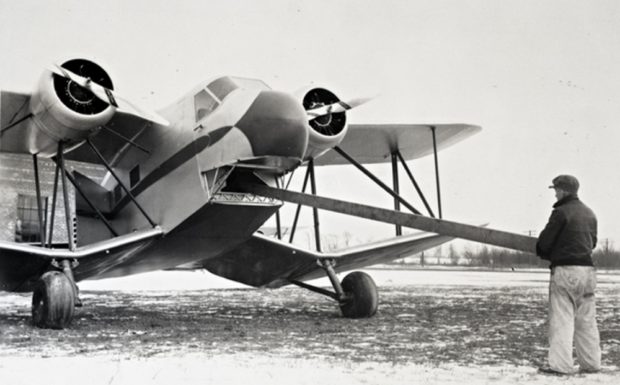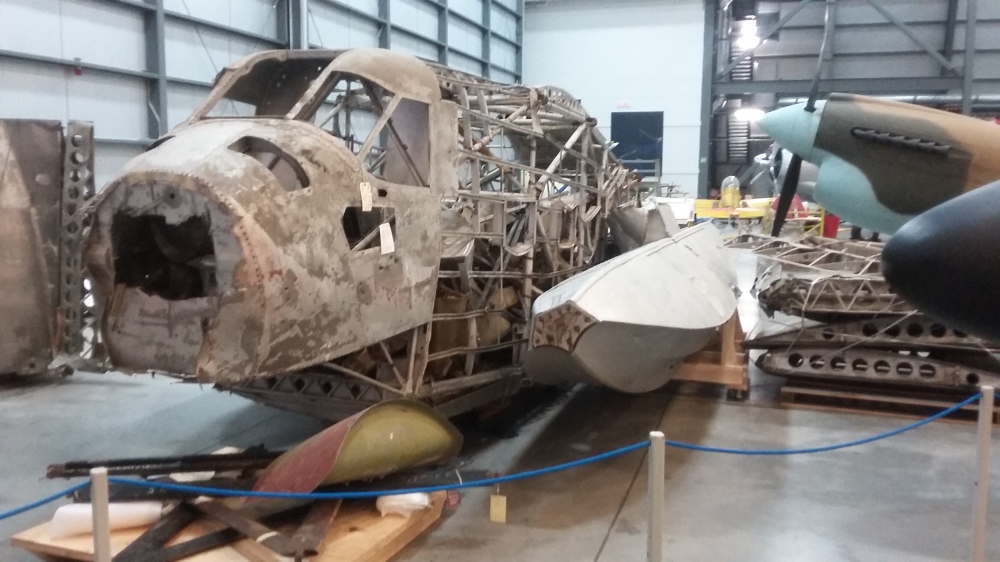The Fleet 50 Freighter was a Canadian twin-engine biplane general utility aircraft designed and built by Fleet Aircraft. This peculiar-looking aircraft had promise as a freighter and general use aircraft, but it was underpowered and only five were built – two crashed, two caught fire, and just one survived its short life until retirement.
Design was started in 1936 to create a general purpose twin-engined utility aircraft for the Canadian market. It was designed as a short take-off freighter with features added to ease cargo handling. The Freighter was a biplane with the lower wing an inverted gull wing with either a float or wheel landing gear. Two radial piston engines were mounted in nacelles on the upper wing panels.
The fuselage structure was welded steel tubing with duralumin formers, and a semi-monocoque duralumin nose section. The wings were stressed-skin metal structure on the inboard panels and fabric-covered wood beams and duralumin ribs on the outboard panels. The fuselage had room for two crew and up to ten passengers. Large doors and a roof-mounted chain hoist were fitted for use in the cargo role.
The prototype designated the 50J first flew on 22 February 1938, powered by two 285 hp (213 kW) Jacobs L-5MB 7-cylinder radial engines. It was later re-engined with 330 hp Jacobs L-6MB engines and re-designated the 50K. A further four aircraft were built, all with L-6MB engines.
None of the aircraft was operated for long, as the design was underpowered and could not maintain altitude on only one engine. The last aircraft went out of service in 1946. The remains of one airframe are held by the Canada Aviation and Space Museum.
Sources: YouTube; Wikipedia


